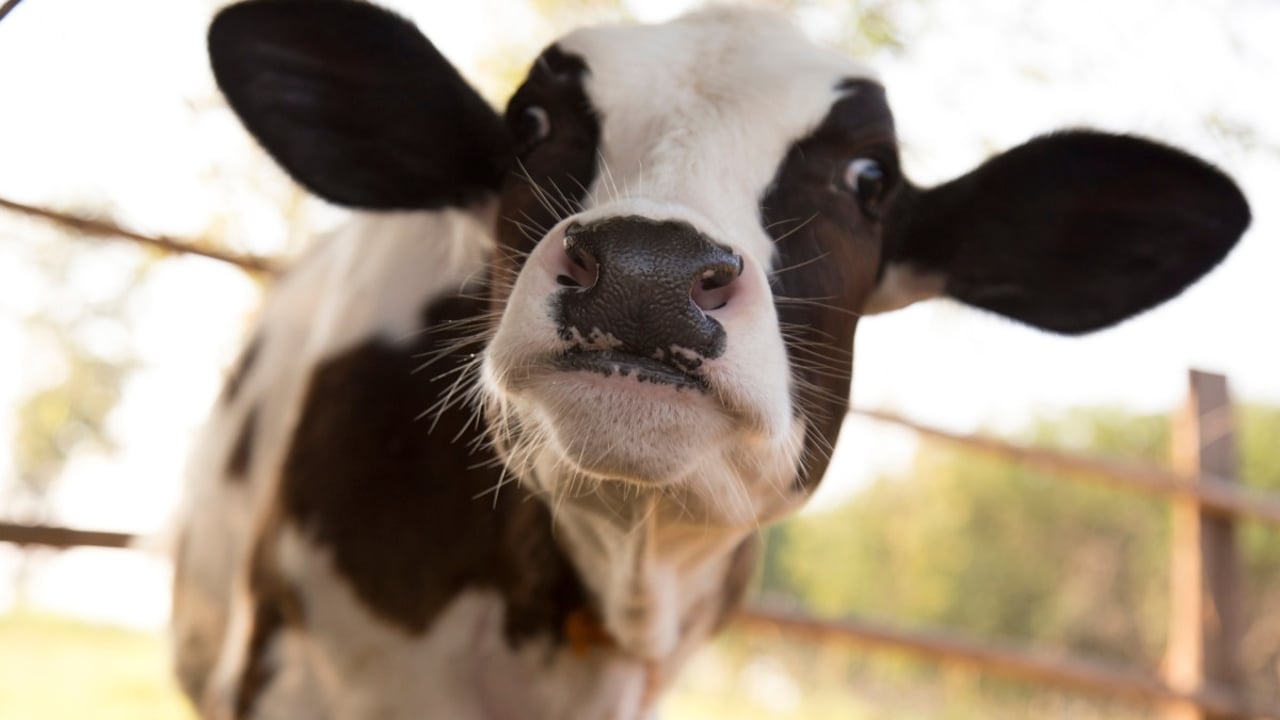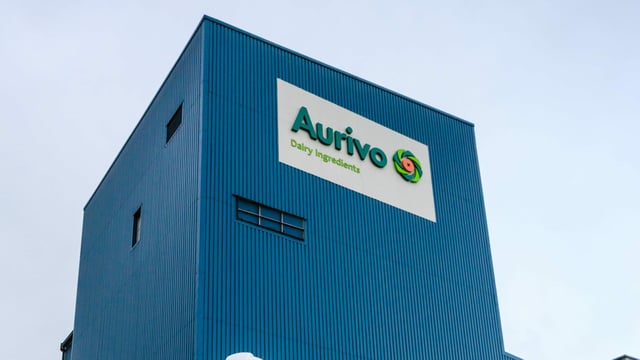Negative attitudes dominate in cow-calf separation study
Researchers have found that public attitudes towards the early separation of cows from their calves were, generally, negative, even when alternative cow-calf management systems were proposed.
The study, led by researchers at the University of British Columbia, involved survey respondents from Canada and the US.
According to the research, public interest in, and concern for, the treatment and welfare of production is growing or is becoming more visible.
And, much of this concern centers on "contentious practices and the call for more socially sustainable management practices".
"Of particular concern in the dairy industry is calf management, including early separation of cows and calves and the practice of individual housing of the calves after removal from the dam," according to the research.
The researchers predicted that attitudes would be most favorable towards a system whereby cows and calves were not separated, and least favourable towards a system whereby cows and calves were separated and those calves were individually housed. The latter is a practice that is common in the US, Canada and Brazil.
"But we did not have clear basis for predicting attitudes toward the 'separated and kept with a foster-cow system' and the 'separated and group-housed system'," the research paper explained.
Four management systems were presented and formed the foundation of the survey:
The researchers found that attitudes and perceptions of animal welfare were more positive towards the system where calves were not separated from the cow compared with systems in which the calf was separated and individually housed; separated and group housed; or separated and kept with a foster cow.
These results, the researchers said, in combination with many participants’ concern for the importance of the cow-calf relationship, and perceptions that severing of this bond was a breach of standard of care, "suggest that there may be low acceptance of any cow-calf management system involving early separation as such systems are unlikely to resonate with underlying values".
Some key takeaways





